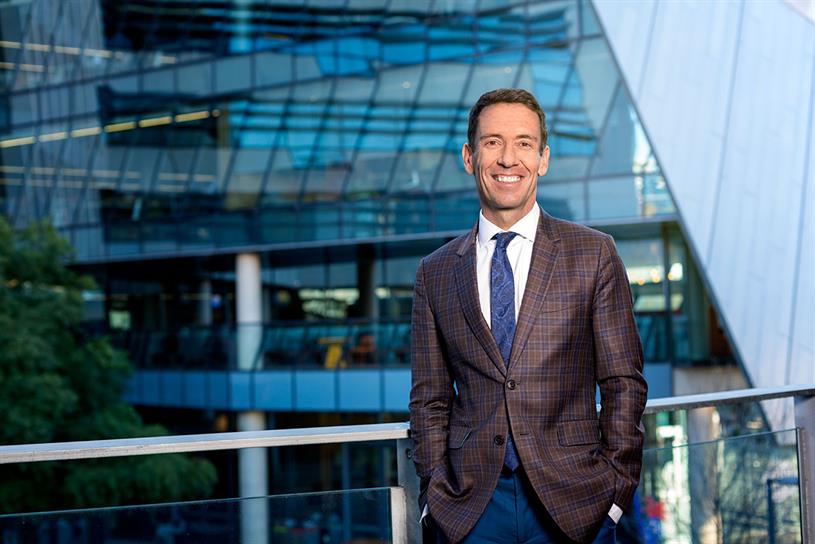Data can now make TV more effective. Even Byron Sharp should welcome more accurate targeting.
Brands and their agencies face a dilemma.
On the one hand, evidence from Byron Sharp shows that brands should drive reach of all purchasers in the category as often as possible. What’s more, according to effectiveness gurus Peter Field and Les Binet, TV remains a critical part of the mix for delivering this reach and cost-effective growth.
But, at the same time, the ability of TV to deliver the requisite levels of reach has deteriorated rapidly. Over the past five years, the number of gross rating points required to reach 50% of an all-adult target audience has risen by 50% in the US, 40% in France and 22% in the UK. Other markets show similar trends, making Sharp’s vision harder to deliver. There’s a reach gap and it’s getting bigger – especially among younger audiences. It’s also becoming significantly more expensive to generate that reach.
To fill the gap, some brands have boarded the personalisation-at-scale bandwagon, targeting high-value individuals with personalised messages. But this is an extreme reaction. Huge amounts of money have been invested in the technology and data to deliver such personalisation – but it’s questionable whether the investment can be recouped.
Moreover, not all reach is equal. So, while it is possible to fill the reach shortfall with digital activity, it may not be possible to match the impact that TV-driven reach generates – especially at scale.
The dilemma is that TV remains critical, but there’s a reach gap and efficiency is diminishing. So, to compensate, we are facing a huge investment in a data-driven solution. Ultimately, this compromises the Sharp/Field and Binet dream and makes it harder to deliver effective reach of category users.
But there is a solution. One that retains the ambition of delivering Sharp’s reach strategy, addresses the shortfall in TV delivery against the real category users and frees up budget to fill any reach gap.
That solution is the intelligent application of data.
By applying the same data we use to activate personalised digital activity at scale to TV, we can plan airtime to actual category users instead of demographic proxies for category users. That may sound like a semantic change, but it's actually hugely significant.
Fusing our behavioural data with TV viewing data enables us to plan a campaign against specific interests – dog owners, say – instead of 25- to 45-year-old BC1s. Planning in this way frequently generates in excess of 10% improvements in the cost of reaching the people that Sharp demands we contact: category users.
Data allows us to deliver actual category users, rather than people who look like category users.
Delivering reach more efficiently in this way releases investment for more targeted video activity – filling the reach gap against a consistently defined target audience. And, more than this, by using a single data source to plan activity across digital and TV, we can measure cross-media reach and identify those that have not been exposed to the TV activity.
Incremental video support can then be directed at these individuals, maximising reach against category users. Thus, Sharp is satisfied, personalisation at scale is delivered, relevance is maximised and ROI is stabilised.
The same data sets can also be applied to other channels, such as radio and outdoor. This lets us quantify and identify an audience in more detail than traditional media metrics allow and invest more accurately.
These principles can be applied to every sector, ultimately making TV more powerful and more effective, while, for the first time, reassuring marketers that they are actually reaching all (or many more) of their category buyers.
If it’s true that TV will become more programmatic in the future, then some of the more technical lessons learned online will be applicable to our most important medium, but that will take time.
For now, it’s important to remember that data isn’t simply the preserve of digital – it can be applied to every channel and every strategy. The impact is massive, and with smarter targeting strategies it can help any brand.
David Beale is global chief data officer at MediaCom
Source: campaignlive.co.uk

